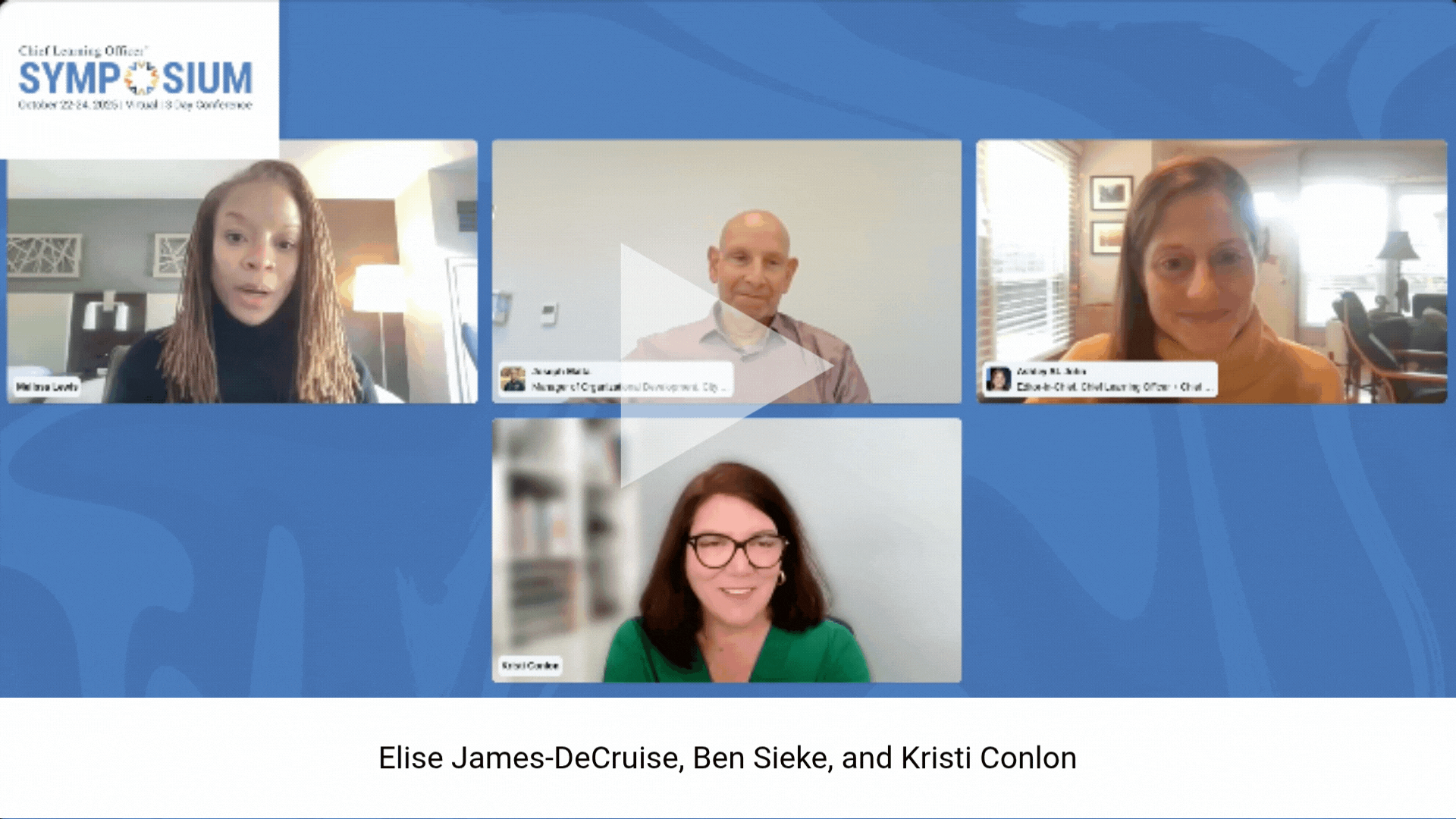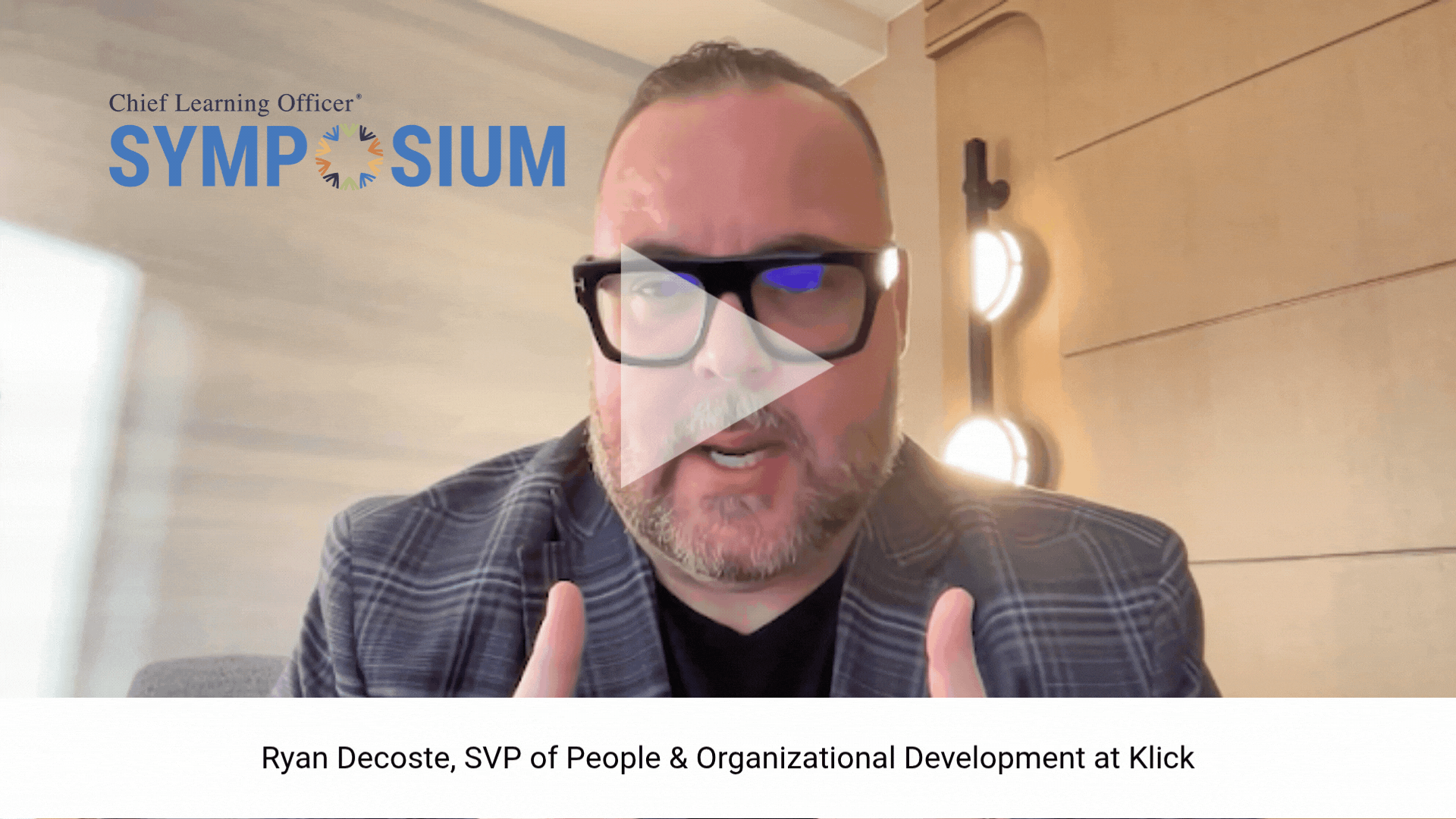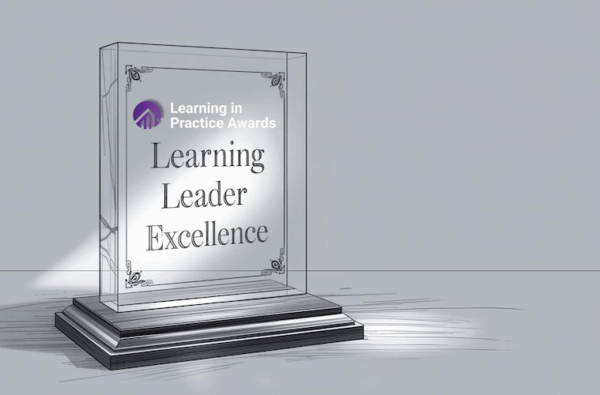First, a few notable statistics: The January 2008 Consumer Price Index was up 4.3 percent from the first month of the previous year. The Conference Board’s Consumer Confidence Index fell 12 points from January to February of this year to 75, the lowest level since the beginning of the Iraq war. Overall economic growth, which was less than 1 percent in the fourth quarter of last year, is not projected to increase this quarter, and may decrease. And the price of gold — traditionally an investment harbor during inflationary periods — is up nearly 10 percent against the U.S. dollar since the beginning of this year.
I’ll leave it to readers to determine whether or not the economy’s officially in recession, but reliable indicators certainly don’t point to clear skies ahead. And traditionally, turbulent economic times do not bode well for the learning function, which can face cuts in budget and personnel. However, as learning and organizational leaders arrive at a better understanding of how employee development adds value to their enterprises, this could be a trial by fire of sorts as the training department is called upon to improve productivity and cultivate key competencies during this difficult part of the business cycle.
One of the most crucial skills to have in any company, especially during an economic downturn, is the ability to think critically and carefully about the way things work in an organization. This can help prevent redundancy, error and other forms of wasted productivity, said Julie Zinn, executive director for business skills and project management programs at ESI International.
“In reality, critical-thinking skills are probably just as important when times are good,” Zinn said. “But people get comfortable, and it’s easier to get away with mistakes and make up ground when things are going well. You don’t have that advantage when things aren’t going well. Also, budgets are not as plentiful. You may not get that extra money in the budget or that deadline extension because you need to deliver to your customers and get paid as soon as possible. There’s just no wiggle room. Competitive pressures and complexity are increasing, and you just don’t have the time or resources to do things twice. You’ll get overtaken by a competitor, your project will get cut or people will get laid off.”
According to Zinn, learning can play a central role in instilling critical-thinking skills in the workforce. Essentially, this begins with identifying core competencies in this area.
“Companies are beginning to document expectations around critical thinking,” she said. “Awareness is always the first step. You have to make employees aware that this is something that’s expected of them. Through that definition of competencies, you begin to have something to assess your employees against. Like any skill or capability you’re trying to develop, it has to be embedded in a performance improvement. That’s the stuff that surrounds the training program.”
After identifying these proficiencies, the learning department should assess the workforce and figure out what skills gaps exist. Once those have been discovered, the learning can begin. Specifically, employee development should be formed around two goals: giving them the critical-thinking skills they need and training them on a standard, structured thought process.
For the latter, Zinn recommended the following five-step progression:
1. Identify and analyze your problem or opportunity.
2. Understand the context of that problem or opportunity.
3. Generate possible responses to the problem or opportunity.
4. Make a decision as to what solution will be adopted.
5. Implement the solution.
For the former, it’s giving them chances to apply these new models of reasoning, especially in collaborative environments.
“How do you change your thinking from passive to critical?” Zinn said. “One is allowing people to work on their own situations. I also think giving people the opportunity to work with others is important because that’s really the way work gets done in an organization. Any training program has to allow them to use their own problems and opportunities to practice applying these processes and tools so they can begin to fundamentally change the way they think.”














